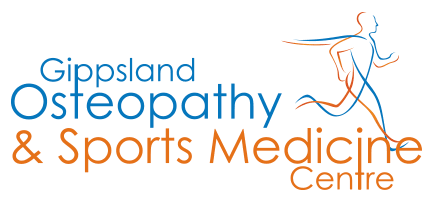Most muscular aches and pains are caused or affected by untreated “trigger points,” localized tender spots in muscles. Understanding and treating these points can lead to rapid and lasting pain relief. Trigger point therapy is a powerful tool in the management of both acute and chronic pain, including such common problems as headaches, TMJ syndrome, and back pain.
When pain is present muscles always go into a degree of spasm, this is a protective mechanism. So muscle pain is often not the primary problem but you still have to treat it to ensure a full and speedy recovery.
When a muscle gets injured it is referred to as a strain. A muscle strain is graded from 1-3 depending on the severity and a complete tear of a muscle, is called a rupture. There is a constant process of breakdown and repair in the body and most of the time the muscles injuries we get on a day-to-day basis are mild. The injuries cause small strains, so called micro-ruptures.
Following injury to a muscle, a “myofascial trigger point” or Trigger Point (TP) may form. This is a small area within a muscle, which, after injury, can remain for many years (long after the original injury has healed), and may cause chronic pain and stiffness.
What causes a Trigger Point?
Trigger points are most commonly the result of overuse or trauma:
- This may be acute, e.g. sudden overloading of a muscle when having to take an unexpected weight.
- It can be gradual from chronic abuse of a muscle. This might be a repetitive strain, e.g. from typing, or from a postural problem such as rounded, hunched shoulders, or a weakness of the core stabilising muscles of the spine.
- Prolonged increased tension of a muscle due to a protective spasm from a facet joint sprain, can also be a cause.
- In addition, Trigger Points may be secondary to some other pathology that may cause pain referred to a muscle. For example, a peptic ulcer may lead to Trigger Points in the deep abdominal muscles, which may persist long after the ulcer has healed.
Trigger Points seem to become more resistant after about 6 months, and chronic Trigger Points usually need prolonged therapy and exercises, alongside your Osteopathy care. The correction of hormonal, nutritional and postural problems may also be an important part of treatment.
The frequency of visits is determined by your problem and how quickly you respond to your Osteopathy treatment program.
